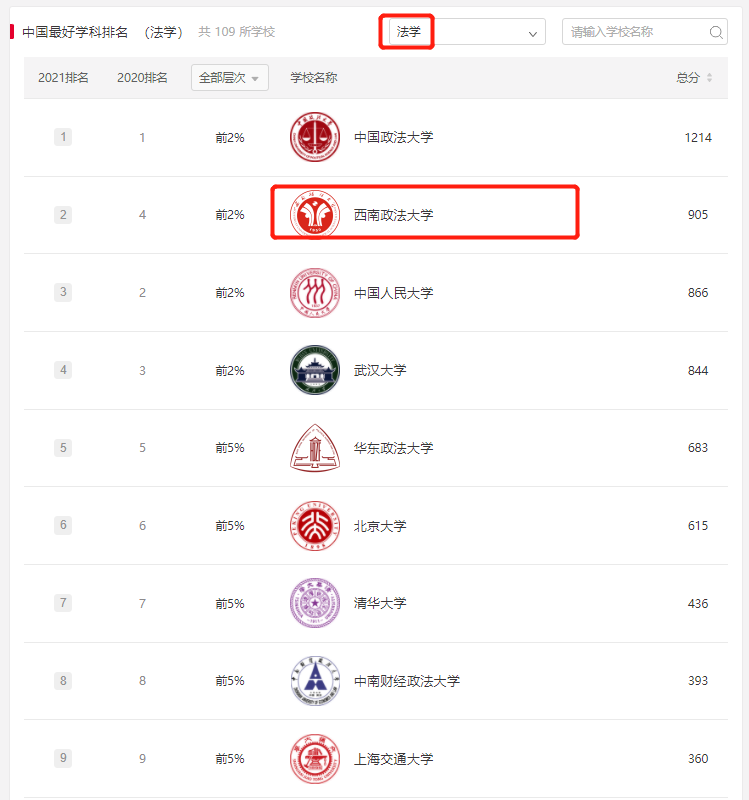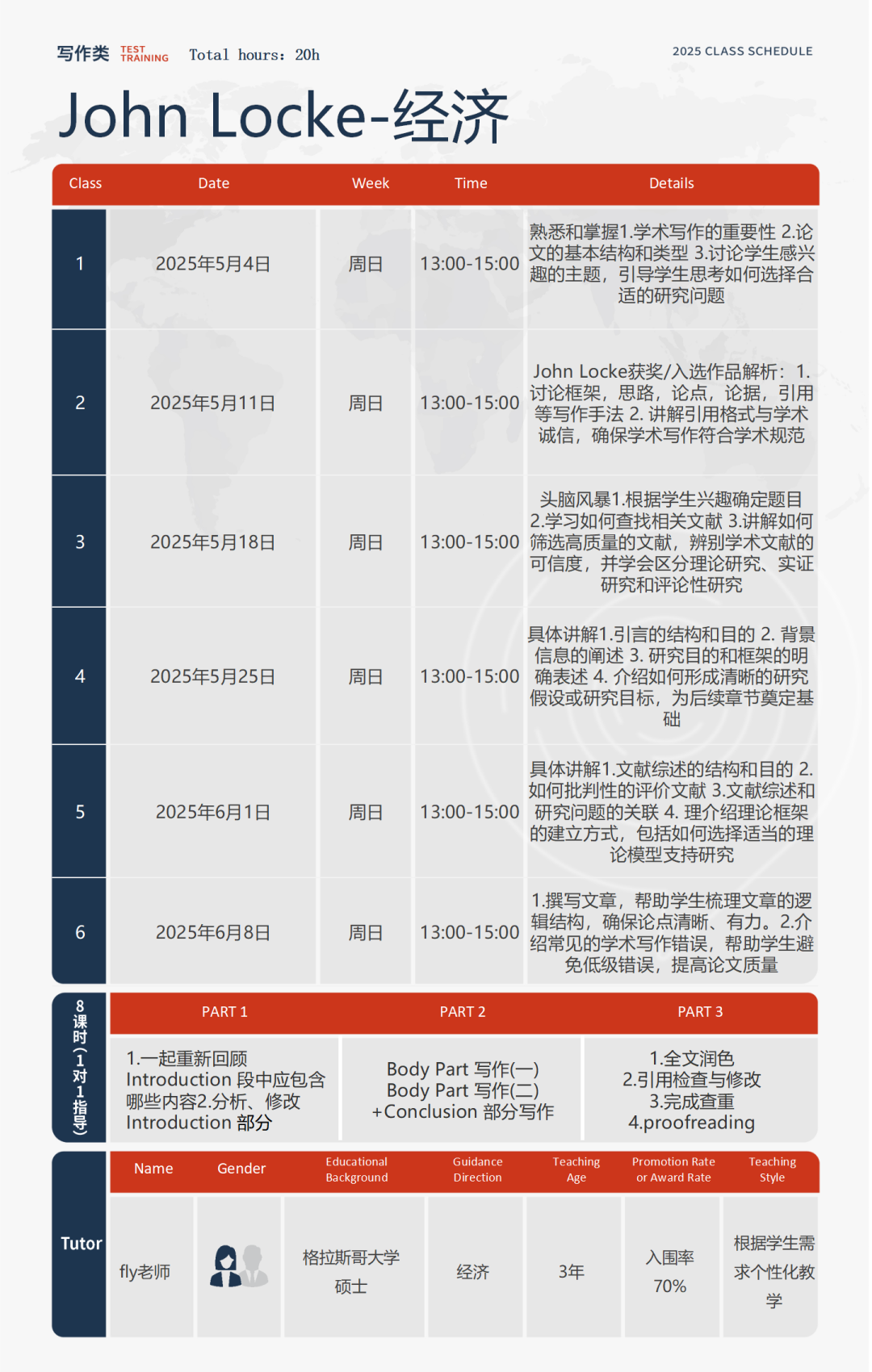文章目录[隐藏]
中文赛题:高性能计算的环境影响分析
随着全球对高性能计算(HPC)的需求在人工智能(AI)、数据科学和加密货币挖矿等领域持续增长,这些技术带来的环境影响也随之增加。依赖于庞大的数据中心、高性能硬件和高耗能计算过程,引发了人们对其环境后果的关注。
高性能计算的环境影响中,最关键的方面是能耗及其相关的碳排放。这方面尤为重要,因为能耗直接关系到温室气体排放,特别是当电力来源于化石燃料时。HPC 设施通常消耗大量能源,导致其碳足迹显著。此外,在可再生能源基础设施有限的地区,能源需求可能给本地电网带来压力,增加对非可再生能源的依赖。
除了能耗,HPC的环境影响还包括多个方面:
- 水资源使用:许多数据中心使用水进行冷却,导致大量水资源消耗,并可能因废水排放而引发污染。
- 电子垃圾:计算硬件的制造、使用和废弃产生大量难以回收的电子垃圾。
- 资源消耗:生产HPC硬件涉及稀土材料的开采,可能破坏栖息地、污染环境,并增加对能源的需求。
- 土地使用:数据中心所需的物理空间可能引发土地使用争议,对当地生态系统产生影响。
- 空气质量:化石燃料发电厂的排放会降低空气质量并影响人类健康。此外,数据中心产生的细微颗粒物和粉尘也会影响本地空气质量。
- 化学品使用:冷却系统使用的化学品如果管理不当,可能产生泄漏或溢出,构成风险。
- 社会经济影响:大型数据中心及资源开采可能引发土地变化,并对当地社区的能源可得性产生不公平影响。
- 噪音污染:在此过程中每个阶段使用的机械设备都会产生噪音污染,影响社区和野生动物。
- 网络架构:数据传输所需的网络基础设施要求更广泛的连接,超出个体节点的需求。
其中许多方面都有专门的环境影响研究,您可以将其作为了解问题的背景资料。
任务
- 理解问题:描述 HPC 能力在全球范围内的年能耗规模,考虑其在满负荷和平均利用率下的情况。
- 建立模型:建立一个全面的模型,确定因能耗导致的 HPC 总碳排放的环境影响。考虑能源的生产方式,计算能源构成对碳排放的影响。
- 应用模型:
- 探讨在 HPC 增长、其他领域能耗需求增加以及不同能源构成的可能情况下,模型如何随时间变化。
- 使用模型为2030年问题的规模提供现实的边界值以获得洞察。
- 扩展模型并分析:
- 模拟增加可再生能源比例对碳排放的减排效果,研究切换到 100% 可再生能源的影响及可能遇到的挑战。
- 细化模型(或开发新模型)以包含其他关键领域之一的环境影响,以更深入地了解HPC的影响。描述选择该领域的原因及其与其他关键领域的关系,尤其是能耗。
- 分享模型及其结果:
- 提出一套可操作的建议,以减少 HPC 的环境影响,包括技术和政策导向的解决方案。
- 假设其中一项建议被采纳,展示如何将其纳入模型。
- 联合国咨询委员会于2024年9月发布了一份关于人工智能的报告,题为 “为人类管理人工智能”,其中没有大量涉及高性能计算。[1]给咨询委员会写一封一到两页的信,敦促他们在 2030 年的预定发展目标中加入有关高性能计算对环境影响的更详细章节。用您的研究结果和建议来支持这一请求。
你的PDF解决方案不超过 25 页,包括:
- 一页总结
- 目录
- 完整解决方案
- 一至两页的联合国咨询委员会信函
- 参考文献
- AI使用报告(如使用,不计入 25 页限制)
注意:没有特定的最低页数要求。可使用最多 25 页完成所有解决方案工作及附加信息(如图表、图解、计算、表格)。接受部分解决方案。允许谨慎使用生成式 AI 工具(如ChatGPT),但非必要。如使用生成式 AI,需遵循 COMAP 的 AI 使用政策,并将 AI 使用报告附加在 PDF 的最后部分,不计入 25 页限制。
HiMCM/MidMCM最新:在线提交流程
本文旨在帮助和指导参与 HiMCM/MidMCM 的学生和指导老师。COMAP 在文中提供了关于新的在线提交流程的信息,需使用新的在线提交页面(提交链接)。完成提交时,你需要准备好团队控制编号、指导老师ID和所选问题编号。
术语表
- 高性能计算:即高效能计算(HPC),指使用超级计算机和并行处理技术以高速度解决复杂计算问题。
- 电子垃圾:指丢弃的电器或电子设备,包括废弃的计算机、智能手机、电视等。由于含有有害物质,电子垃圾是一个显著的环境问题。
- 数据中心:用于容纳计算系统及相关组件的设施,包括服务器、冷却系统及备用电源,以确保可靠运行。
- 节点:网络基础设施中任何可发送、接收或处理数据的设备,即数据传输的节点。
- 满负荷:电厂或能源来源在最优条件下的最大输出,通常以兆瓦(MW)或吉瓦(GW)为单位,代表峰值发电能力。
- 平均利用率:衡量电厂或能源来源在特定时间段内的实际输出与满负荷的比值,表明设施相较于其最大潜力的运行情况。
- 能源构成:满足能源需求的不同能源来源的组合,包括化石燃料(煤、石油、天然气)、可再生能源(太阳能、风能、水电、生物质能)和核能。
- 化石燃料:从古代有机物中提取的能源,主要包括煤、石油和天然气。燃烧化石燃料会产生温室气体排放。
- 可再生能源:来自自然不断补充的来源的能源,如太阳能、风能、水电、地热和生物质能。此类能源通常更具可持续性,环境影响较低。
- 核能:通过核裂变释放的能量,尽管碳排放量较低,但涉及放射性废物及核安全问题。
Problem: Examining the Environmental Impact of High-Powered Computing
As global demand for high-powered computing (HPC) continues to rise in sectors like artificial intelligence (AI), data science and cryptocurrency mining, so does the environmental footprint of these technologies. The increasing reliance on massive data centers, high performance hardware, and energy-intensive computational processes has sparked concern about their environmental consequences.
The most important aspect of the environmental impact of HPC is energy consumption and its associated carbon emissions. This aspect stands out as it has a direct contribution to climate change as energy consumption directly correlates with greenhouse gas emissions, particularly when electricity is generated from fossil fuels. These HPC facilities often consume vast amounts of energy, making their carbon footprint significant. Additionally, the energy demand can strain local power grids, especially in areas with limited renewable energy infrastructure leading to a higher reliance on non-renewable energy sources.
In addition to energy consumption, there are other environmental concerns. The additional environmental impacts of HPC are multi-faceted and can be categorized into several key areas:
- Water Usage. Many data centers use water for cooling leading to substantial water consumption and potential pollution with the discharge of their wastewater.
- E-Waste. The manufacturing, use and disposal of computing hardware contributes to electronic waste with many of the components being difficult to recycle.
- Resource Depletion. The production of HPC hardware involves the extraction of rare earth materials which can lead to habitat destruction, pollution, and additional demands for energy.
- Land Use. The physical space required for the data centers can lead to land use debates with significant impacts on the local ecosystems.
- Air Quality. This focuses on the emissions from fossil fuel power plants that can degrade air quality and affect human health. Additional consideration should also be given to fine particulate matter and dust generated by the data centers that impacts local air quality.
- Chemical Use. The cooling systems use chemicals that can pose a risk if not managed properly, including potential spills or leaks.
- Socioeconomic Impacts. Large data centers as well as the mining for resources can lead to changes in the land with the potential for inequities in energy access for local communities.
- Noise Pollution. All the operations involving machinery in every phase of this process can contribute to increased noise pollution impacting communities and wildlife.
- Network Architecture. The network infrastructure needed for data transmission extends beyond individual nodes to include greater connectivity concerns.
Many of these aspects have dedicated research into their environmental impacts that you can research and use as background into understanding the problem.
Requirements.
- Understand the Problem. Describe the scope of this problem in terms of the annual energy consumption of the HPC capabilities worldwide considering both full capacity and average utilization rates.
- Create Your Model. Develop a comprehensive model to determine the environmental impact of total carbon emissions resulting from energy consumption of HPC. Consideration should be given to how the energy is produced, accounting for energy mixes.
- Apply Your Model.
- Explore how your model may change in the future with the growth of HPC, the increasing demand for energy in other sectors and the potential for different energy sources and mixes.
- Use your model to provide realistic bounds that can provide insight into the scope of the problem in the year 2030.
- Expand Your Model and Reflect on Your Analysis.
- Model the impact of increasing the portion of renewable energy and calculate the corresponding reductions in carbon emissions. Investigate the effects of switching to a 100% renewable energy source as well as the potential challenges involved.
- Refine your model (or develop a new model) to include the environmental impact of one of the other key areas listed above to further understand the impact on HPC. Describe why your group chose that aspect and how it relates to other key areas, especially energy consumption.
- Share Your Model and its Results.
- Develop a set of actionable recommendations to reduce the environmental impact of HPC, considering both technical and policy-oriented solutions.
- Assume one of your recommendations is acted upon. Determine and show how you can incorporate this into your model.
- The United Nations Advisory Board issued a report on AI entitled “Governing AI for Humanity” in September 2024 without significantly addressing HPC.[1]Write a one-to-two-page letter to the Advisory Board urging them to include a more detailed section on the environmental impacts of HPC in their scheduled developmental goals for 2030. Use your findings and recommendations to support this plea.
Your PDF solution of no more than 25 total pages should include:
- One-page Summary Sheet.
- Table of Contents.
- Your complete solution.
- One- to two-page IOC letter
- References list.
- AI Use Report (If used does not count toward the 25-page limit.)
Note: There is no specific required minimum page length for a complete HiMCM submission. You may use up to 25 total pages for all your solution work and any additional information you want to include (for example: drawings, diagrams, calculations, tables). Partial solutions are accepted. We permit the careful use of AI such as ChatGPT, although it is not necessary to create a solution to this problem. If you choose to utilize a generative AI, you must follow the COMAP AI use policy. This will result in an additional AI use report that you must add to the end of your PDF solution file and does not count toward the 25 total page limit for your solution.
NEW HiMCM/MidMCM: Online Submission Process The purpose of this article is to assist and guide students and advisors participating in HiMCM/MidMCM. In the article, COMAP, provides information about the new online submission process using the new online submission page https://forms.comap.org/242386224483964. You will need your team's control number, advisor id number and your problem choice to complete your submission.
Glossary
- High-Powered Computing: Also known as high-performance computing (HPC), this refers to the use of supercomputers and parallel processing techniques to solve complex computational problems at high speeds.
- E-Waste: Short for electronic waste, e-waste refers to discarded electrical or electronic devices. This includes computers, smartphones, televisions, and appliances that are no longer in use. E-waste is a significant environmental concern due to the hazardous materials it often contains.
- Data Centers: Facilities used to house computer systems and associated components. Data centers provide the infrastructure for processing, storing, and managing large volumes of data and include servers, cooling systems, and backup power supplies to ensure reliable operation.
- Node: A node in the context of network infrastructure is any device connected to a network that can send, receive, or process data. It's like a junction point where data can be transmitted, received, or modified.
- Full Capacity: The maximum output that a power plant or energy source can produce under optimal conditions. It is often expressed in megawatts (MW) or gigawatts (GW) and represents the peak generation capability.
- Average Utilization Rate: A measure of how effectively a power plant or energy source is being used over a specified period. It is calculated by dividing the actual output by the full capacity over the same period. This indicates how consistently a facility is operating compared to its full potential.
- Energy Mix: The combination of different energy sources used to meet energy needs. This can include fossil fuels (coal, oil, natural gas), renewable sources (solar, wind, hydro, biomass), and nuclear energy.
- Fossil Fuels: Energy sources derived from ancient organic matter, primarily coal, oil, and natural gas. These fuels are non-renewable and contribute to greenhouse gas emissions when burned.
- Renewable Energy: Energy that comes from sources that naturally replenish themselves, such as solar, wind, hydroelectric, geothermal, and biomass. These sources are generally considered more sustainable and have a lower environmental impact.
- Nuclear Energy: Energy produced through nuclear fission, where atomic nuclei are split to release energy. It is a low-carbon source but involves concerns regarding radioactive waste and nuclear safety.
Reference
[1]
United Nations Advisory Board on AI (2024). Governing AI for Humanity:https://sdgs.un.org/goals
[2]
Ahmed, M., & Verma, A. A review on the decarbonizetion of high performance computing centers, Journal of CLeaner Production, 2023:https://www.sciencedirect.com/science/article/pii/S0959652623004567
[3]
Goldman Sachs. AI is poised to drive 160% increase in data center power demand, 2023:https://www.goldmansachs.com












